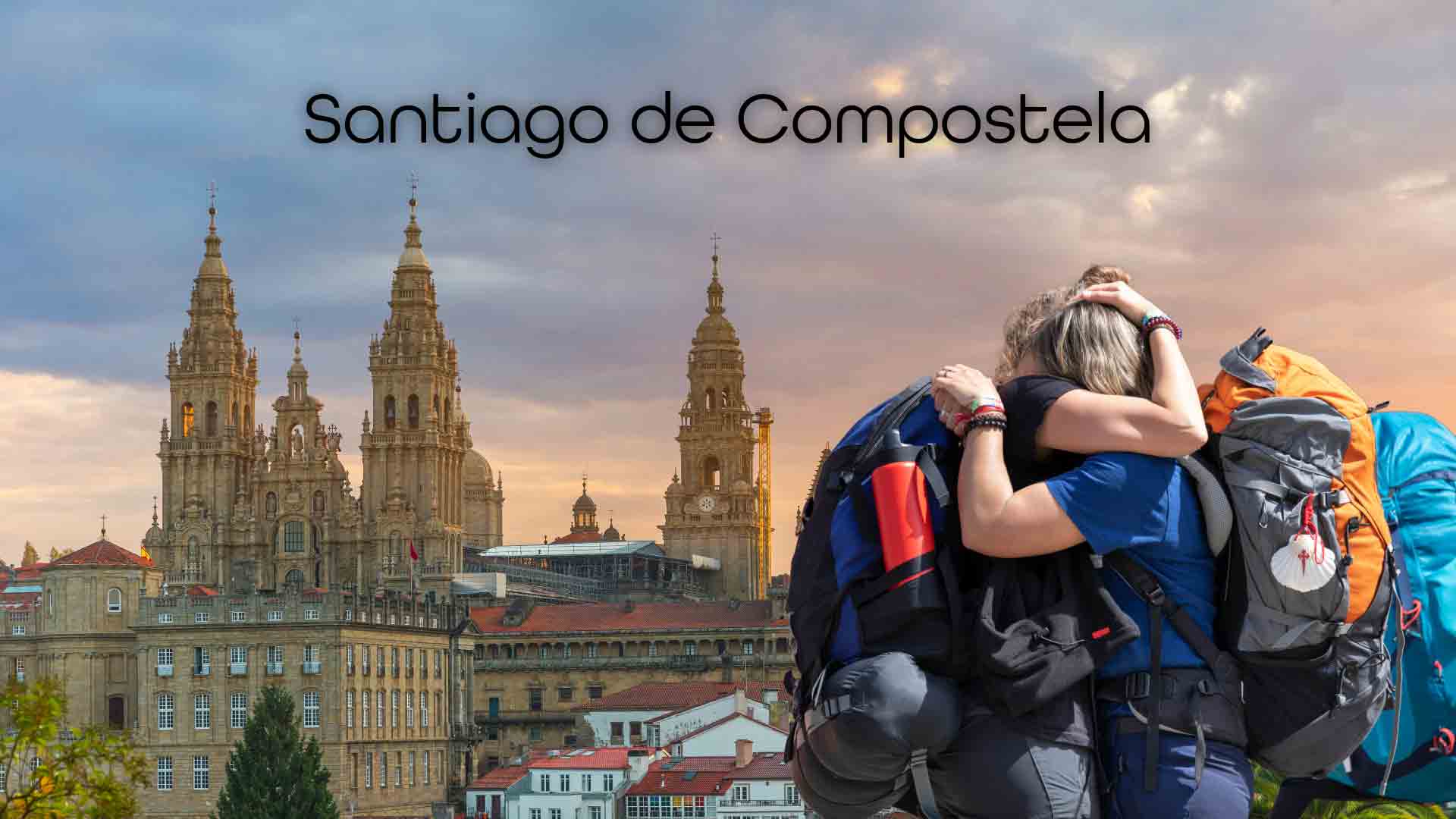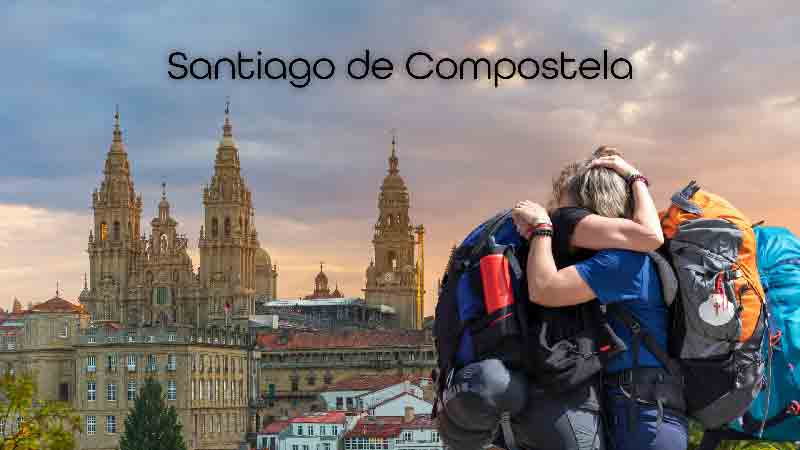

Santiago de Compostela: History and Spirit at the End of the Way
A journey to the spiritual heart of Galicia
As you step into Praza do Obradoiro and the bells of the majestic Cathedral of Santiago de Compostela ring out solemnly, a wave of emotion takes over. Before you stands one of the world’s most iconic destinations: the final stop of ancient pilgrimages, an architectural masterpiece, and the soul of Galicia.
Santiago de Compostela is more than a city — it is a symbol. Declared a UNESCO World Heritage Site, this northwestern Spanish town is a blend of medieval history, Galician culture, and living spirituality. Here, roads converge and stories meet, especially those of pilgrims on the English Way (Camino Inglés), arriving from northern ports like Ferrol and A Coruña after days of walking, reflection, and personal discovery.
What to See in Santiago de Compostela
- The Cathedral of Santiago: Spiritual epicenter of the city and the resting place of the Apostle James, according to tradition. Its baroque Obradoiro façade is iconic, but its soul lies inside — the Pórtico de la Gloria, the swinging botafumeiro, and the symbolic embrace of the saint.
- Historic Old Town: Walking its cobbled streets is like stepping through history. Explore squares like Quintana and Platerías, majestic monasteries, and hidden corners rich in legend and character.
- Alameda Park: The best panoramic view of Santiago’s old quarter. A perfect spot to relax, breathe, and watch life unfold in this blend of student town and pilgrim haven.
- Galician People Museum & Pilgrimage Museum: Must-visits to understand Galician identity and the historical significance of the Camino de Santiago.
Galician Flavours: Food with Soul
Santiago’s cuisine is as warm and honest as its people. You can't leave without tasting:
- Pulpo a feira: Octopus seasoned with paprika, olive oil, and coarse salt, served on wooden plates.
- Tarta de Santiago: Almond cake topped with the cross of Saint James in powdered sugar — iconic and delicious.
- Galician empanada: Savory pie filled with tuna, meat, or scallops — great for a pilgrim’s lunch.
- Lacón con grelos: Hearty pork and greens dish perfect for recovering energy.
- Ribeiro and Albariño wines: Crisp and mineral, ideal companions to the local gastronomy.
Did You Know?
- A centuries-old university: Founded in 1495, Santiago's university shaped Galicia’s cultural identity.
- The Shadow of the Pilgrim: At Plaza da Quintana, a shadow shaped like a pilgrim appears under certain light — a permanent spiritual symbol.
- The end of the English Way: Many forget that Santiago is the official end point of the Camino Inglés, a route historically followed by pilgrims from England, Ireland, and Scandinavia.
Santiago: Both Ending and Beginning
For some, Santiago is the end. For others, it’s the beginning of something new. Some continue walking to Fisterra, the ancient "end of the world." One thing is certain: this city — with its poetic rain, living stone, and deep-rooted traditions — leaves an indelible mark on the soul.
As Galician poet Álvaro Cunqueiro once wrote:
“Santiago is not a place — it is a state of the soul.”

